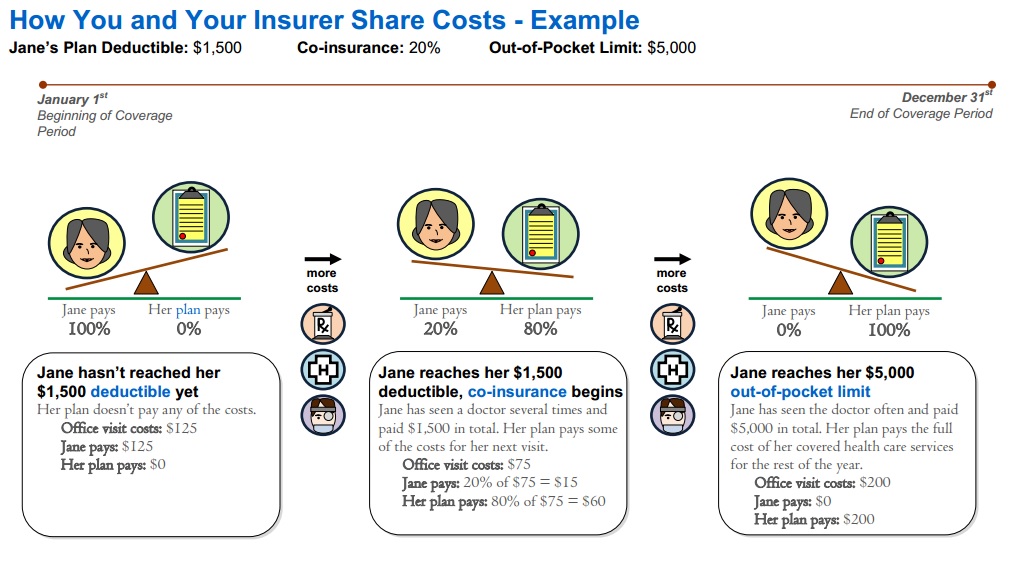


When you have spent up to this amount on your healthcare in a year, your healthcare insurer will pay for 100% of your healthcare costs. An out-of-pocket maximum is a predetermined, limited amount of money that an individual must pay before an insurance company or (self-insured health plan). In general, an out-of-pocket maximum is the most you have to pay per year for covered healthcare services.

Some individuals (or families) may qualify for lower out-of-pocket maximums if they earn under certain income thresholds or meet other requirements.His insurance has a 1,500 deductible and a 4,500 out-of-pocket maximum with a 20 coinsurance. He requires surgery to put plates in his ankle and physical therapy to get him back on his feet. However, plans with lower out-of-pocket maximums normally have higher premiums, and those with higher out-of-pocket maximums have lower premiums. Out-of-pocket maximum means the maximum amount you will have to pay for allowable covered expenses under a health plan, which may or may not include the. Here is an example to help you understand how an out-of-pocket maximum works. You can generally choose from a range of plans with different out-of-pocket limits.Once you reach this limit on in-network health care and services, your health insurance plan will pay 100 of the costs of covered benefits. When this limit is reached, your health plan will cover 100% of your qualified expenses. An out-of-pocket maximum is the total amount you could pay during a health insurance policy period (typically one year) for covered medical services and prescriptions.An out-of-pocket maximum, also referred to as an out-of-pocket limit, is the most a health insurance policyholder will pay each year for covered healthcare expenses.


 0 kommentar(er)
0 kommentar(er)
